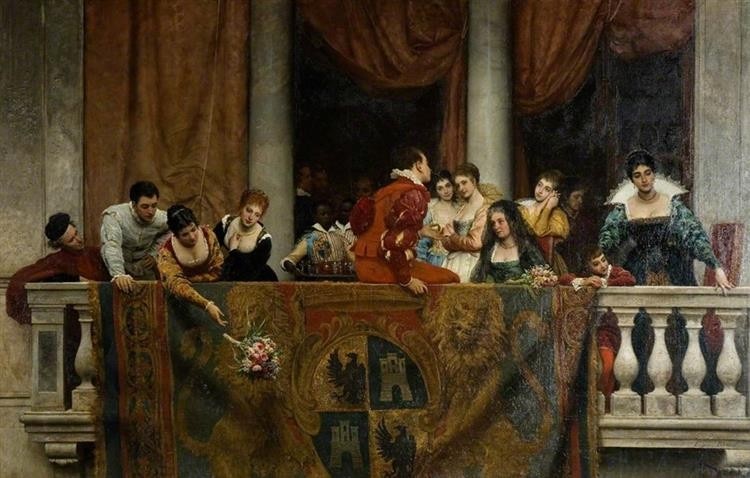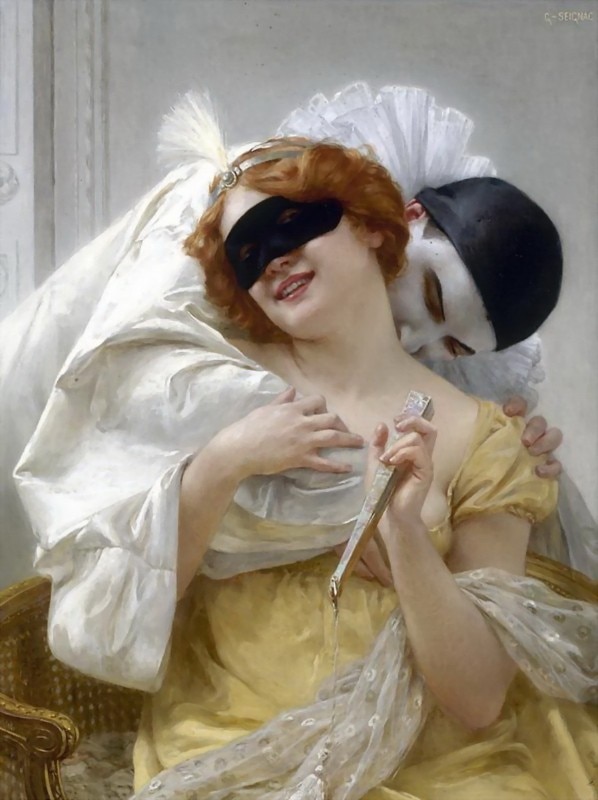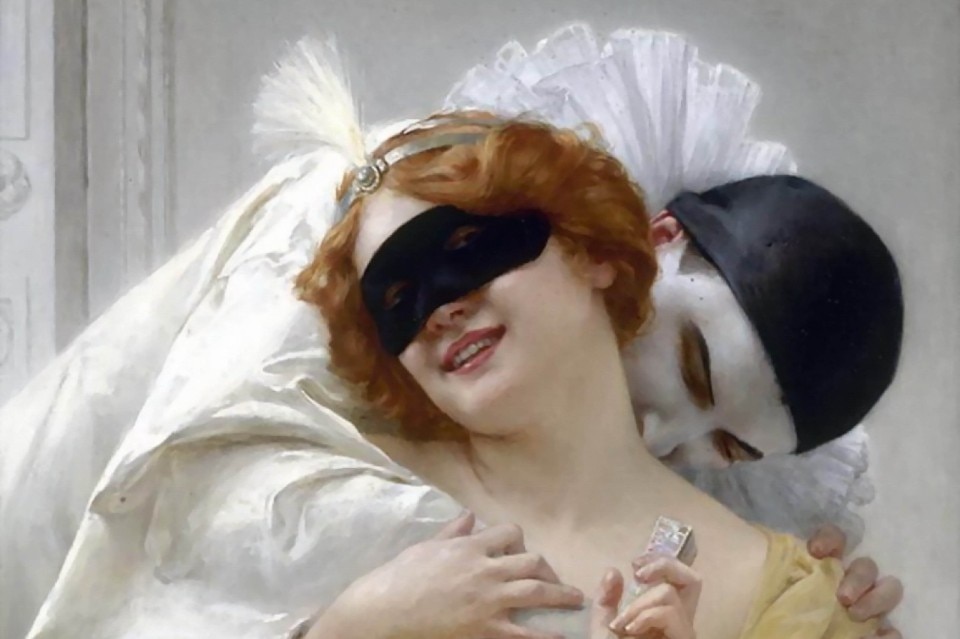“Carnovale, Carnasciale, or Carnesciale, as we want to say is the same time of feast,” Giovan Battista Fagiuoli, an Italian poet and playwright who lived between the 17th and 18th centuries, recited in prose. Here it is! It has arrived: the Carnival. “A celebrated Gathering, a bit of jovial Speech, a playful Rambling Speech,” Fagiuoli always sang. A celebration as famous in Italy, in Venice or Viareggio, as in Brazil, in Rio de Janeiro. Allegorical floats, incredible crowds, music and bright colors, but above all masks.
So many artists have celebrated this ancient feast. In fact, the earliest celebrations take us back to antiquity with the Greek Dionysia or Roman Saturnalia, later becoming a Christian holiday that ends with Lent.
A period of lust – especially gastronomic – that comes before the period of abstinence during which no one was allowed to eat meat. The word ‘Carnival’ stems in fact from the Latin carnem levare, meaning to abolish meat from the diet. During this period the social order was subverted and everyone hid behind a mask. Everyone was “somebody.”

Eugene de Blaas (1843-1931), an Italian-Austrian artist, painted the work At the Carnival between 1870 and 1879. The work unfolds horizontally through a balcony, a signature element of the artist. We are in Venice. The large tapestry hanging from the balcony shows two large lions holding a heraldic coat of arms, symbols of the Republic.
Women, men, and children chat with each other. Some of them participate more actively in the celebration below. Others, in the center of the painting, stand still in an intimate moment, perhaps a courtship. The scene is depicted with the main character standing with his back turned, uninhibited, unformal, talking to a woman, older than him, seated. Perhaps he asks for the hand of the girl who follows him in the balcony line. The latter seems more interested in the celebrations than in the moment and the boy.
Following again the line dictated by the balcony, three girls confirm the scene. They are portrayed as in gossiping. One of them – further away from the other two – brings her clasped hands toward her head, looking as if she is sighing at the love scene. His is a romantic, rhetorical and mannered work, which is painted through a frolicsome and colorful imagination dictated by the festive moment.

Guillaume Seignac (1870-1924), paints the carnival in a less narrative way, more meaningful perhaps, but certainly more intimate and daring: Pierrot’s Embrace. There is no detail to describe the place. Everything is focused on the two characters. The subject is hidden and appears just behind the woman wearing a bright yellow dress. She is seated. Imagination has little free range. Sensual, understanding, amused.
Pierrot retains none of his melancholy characteristics, far from it; he is bold, confident, passionate. The scene is described by a whirlwind of sensations that are mainly focused on Pierrot’s gesture: the bite. Too hidden is his face to just kiss her, his facial expressions making him almost mean. Too strong is the gesture of his arm clutching the woman and
squeezing her breast, a gesture hidden, with an extraordinary contrivance, by the hands of his beloved: one plays casually with the fan, the other clutches Pierrot’s arm. Does she hold him back? Perhaps not given her smile, the black mask hiding only her eyes.
It is a set of lines and shapes that starts from the hands. A centripetal and centrifugal play dictated by the arms, the robes, the Pierrot’s ruff that brings the embrace to that erotic and sensual bite. Carnival is this too. A sensual game of being who one wants to be without revealing oneself so much.
An Italian proverb goes: A love that starts during Carnival dies in Lent.


